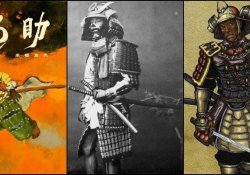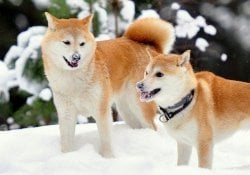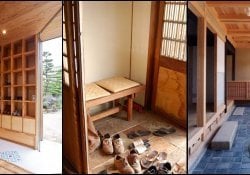Traditional Japanese medicine is a treatment system that aims at the physical, mental and spiritual well-being of the patient, seeking to treat the underlying cause of the disease and not just the symptoms. Now let's get to know some of the techniques and therapies most used in traditional Japanese medicine.
It is worth noting that many of the medicinal techniques used in Japan also originated in other Asian countries such as China. Perhaps some of these arts will be mentioned in this article.
We also recommend reading:
- Oriental therapies contribute to the health and well-being of patients
- Ashi-waza – Techniques and therapy with the feet
- Guide to Massage Parlors in Japan
Índice de Conteúdo
Shiatsu
Shiatsu is a Japanese massage technique that consists of pressing specific points on the body to relieve pain and improve blood circulation. These points are known as tsubos and correspond to internal organs of the body.
Shiatsu is used to treat back pain, headaches, digestive problems, insomnia and stress. Shiatsu has its roots in traditional Chinese medicine, but was developed as a distinct technique in Japan in the early 20th century.
During the shiatsu session, the patient is clothed and lies down on a mat while the therapist applies finger pressure to specific points on the body. Shiatsu is often combined with other traditional Japanese medicine techniques such as acupuncture and moxibustion.
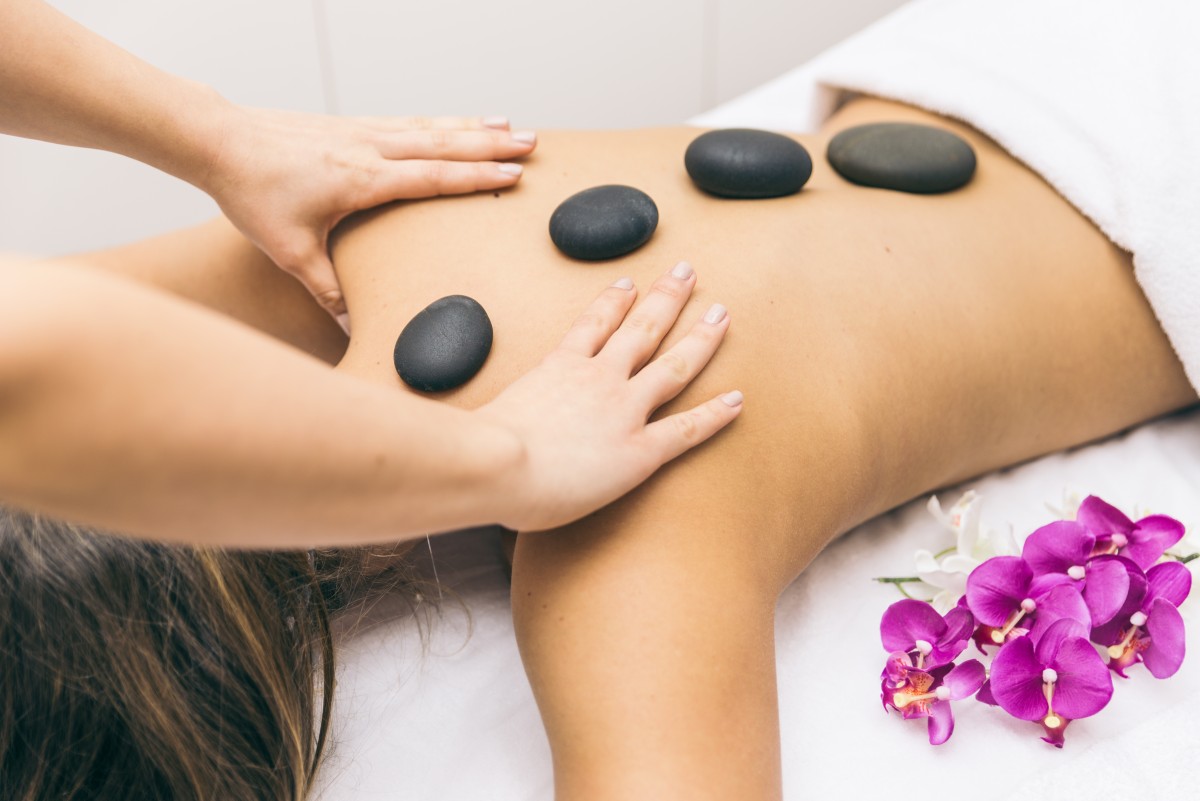
Acupuncture
Acupuncture is a traditional Chinese medicine technique that involves inserting fine needles into specific points on the body to stimulate the flow of energy, or qi. In Japan, acupuncture is widely used in traditional Japanese medicine and is often combined with other techniques such as moxibustion.
Acupuncture is used to treat a variety of conditions, including chronic pain, fertility problems, sleep disturbances and breathing problems. During an acupuncture session, the patient lies on a stretcher while the therapist inserts fine needles at specific points on the body. Needles are left in place for about 20-30 minutes before being removed.
Acupuncture is considered a safe technique and usually does not cause serious side effects. Some patients may experience mild pain or discomfort during the session, but this is usually temporary and disappears quickly.
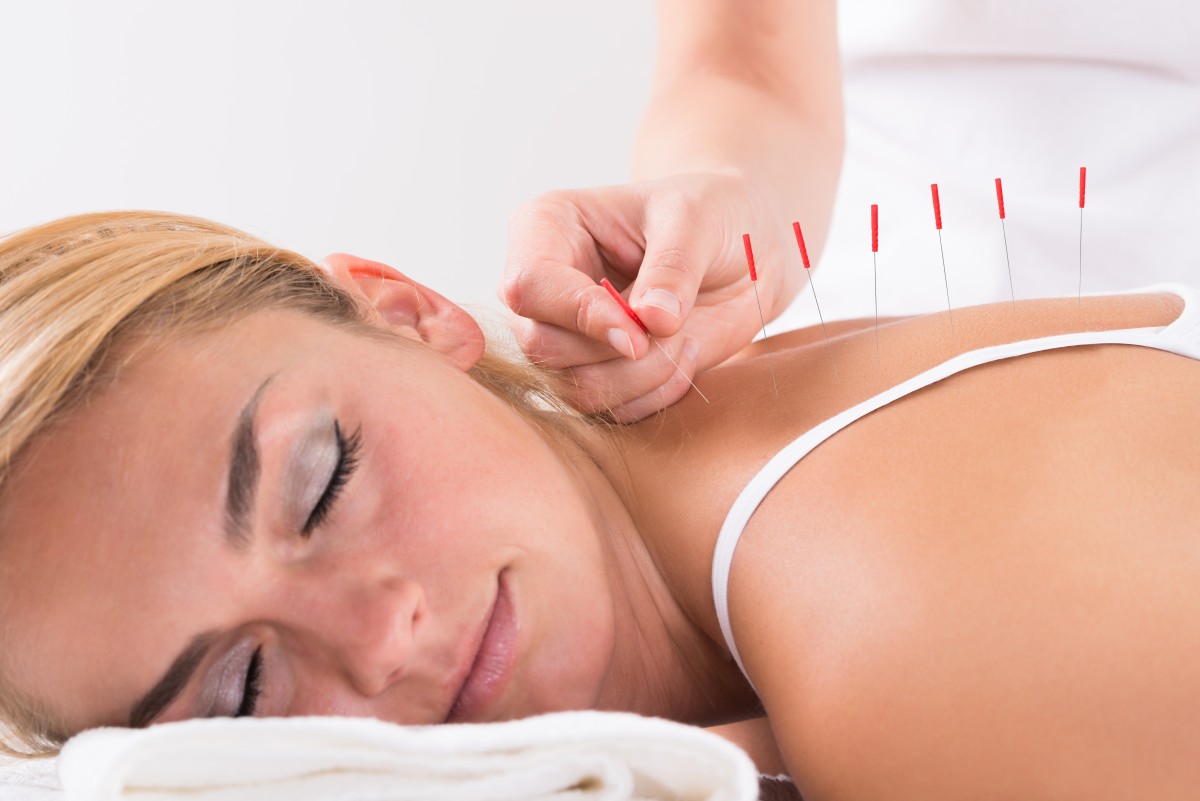
Phytotherapy
Phytotherapy is a treatment method that uses medicinal plants to treat illnesses and relieve symptoms. In Japan, herbal medicine is known as kampo and has been used for over a thousand years.
Kampo remedies are often prescribed by doctors and pharmacists and are used to treat a wide range of conditions, including allergies, skin conditions, digestive problems and sleep disorders. During the medical consultation, the patient is assessed and a kampo remedy is prescribed according to the condition.
Kampo remedies are generally safe, but they can cause side effects in some patients and can interact with other medications. It is important to tell your doctor about all medications and supplements you are taking before starting treatment with kampo remedies.
Japanese herbal medicine uses many common medicinal plants, such as ginger, cinnamon, and licorice. Some of the most popular kampo remedies include daikenchuto, which is used to treat gastrointestinal problems, and keishibukuryogan, which is used to treat menopause-related symptoms.
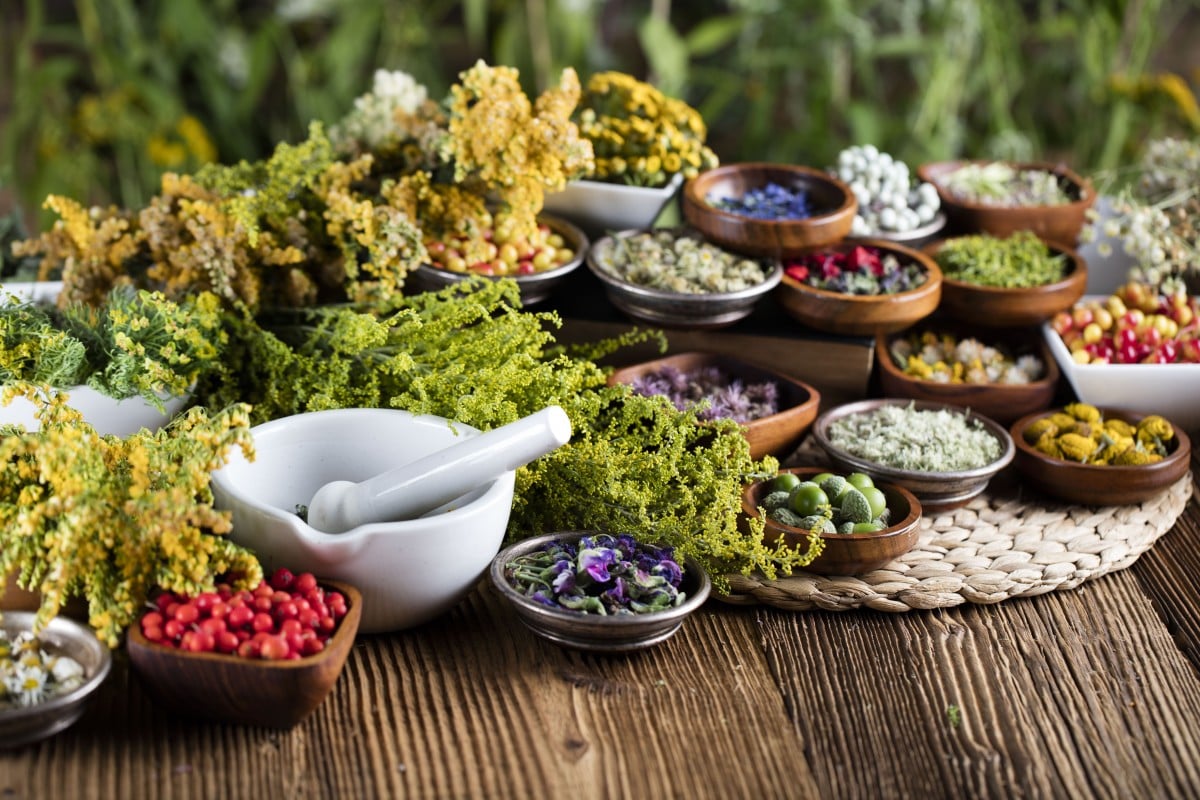
The article is still halfway through, but we recommend also reading:
moxibustion
Moxibustion is a therapy that uses heat to stimulate the body's acupuncture points. It consists of burning an herb called mugwort at or near acupuncture points. Moxibustion is believed to help improve energy flow, reduce pain and strengthen the immune system.
Moxibustion is often used to treat back pain, arthritis, digestive problems and menstrual disorders. During a moxibustion session, the therapist places the herb in a small ball or cone, which is heated and applied to specific points on the body. Heat is felt on the skin, but it is not usually painful.
Moxibustion is considered a safe technique, but it should not be used on sensitive skin areas or on patients with blood circulation problems. It is important to discuss the risks and benefits of moxibustion with a qualified healthcare professional before starting treatment.
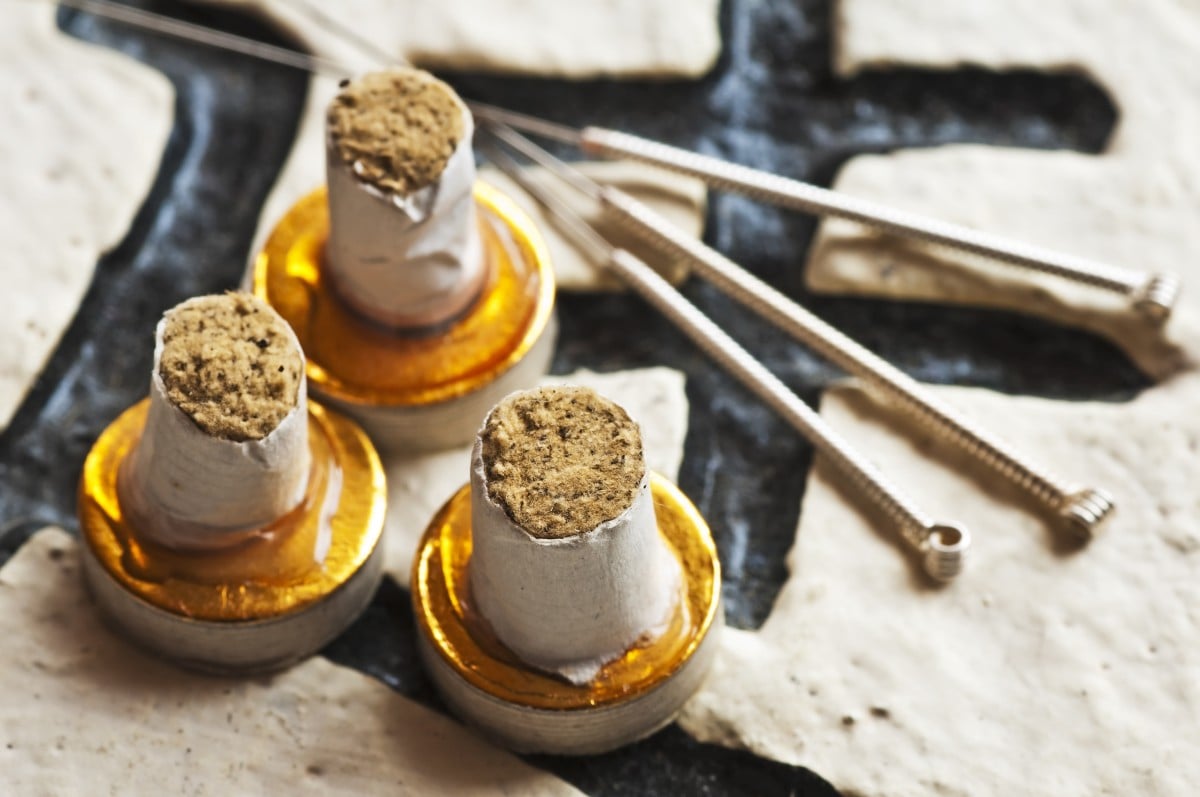
Do-in
Do-in is a self-massage technique of Chinese origin that is used to improve blood circulation, increase flexibility and reduce stress. The technique involves applying pressure to specific points on the body, similar to shiatsu, but the patient performs the massage on himself.
Do-in is often used as part of a daily self-care routine and can be practiced anywhere and anytime. During the practice of do-in, the patient presses and massages specific points on the body, such as the hands, feet, neck and back, with the help of fingers, palms and other objects, such as balls.
In addition to improving blood circulation and relieving stress, regular do-in practice can help improve posture, increase energy, and improve sleep quality.
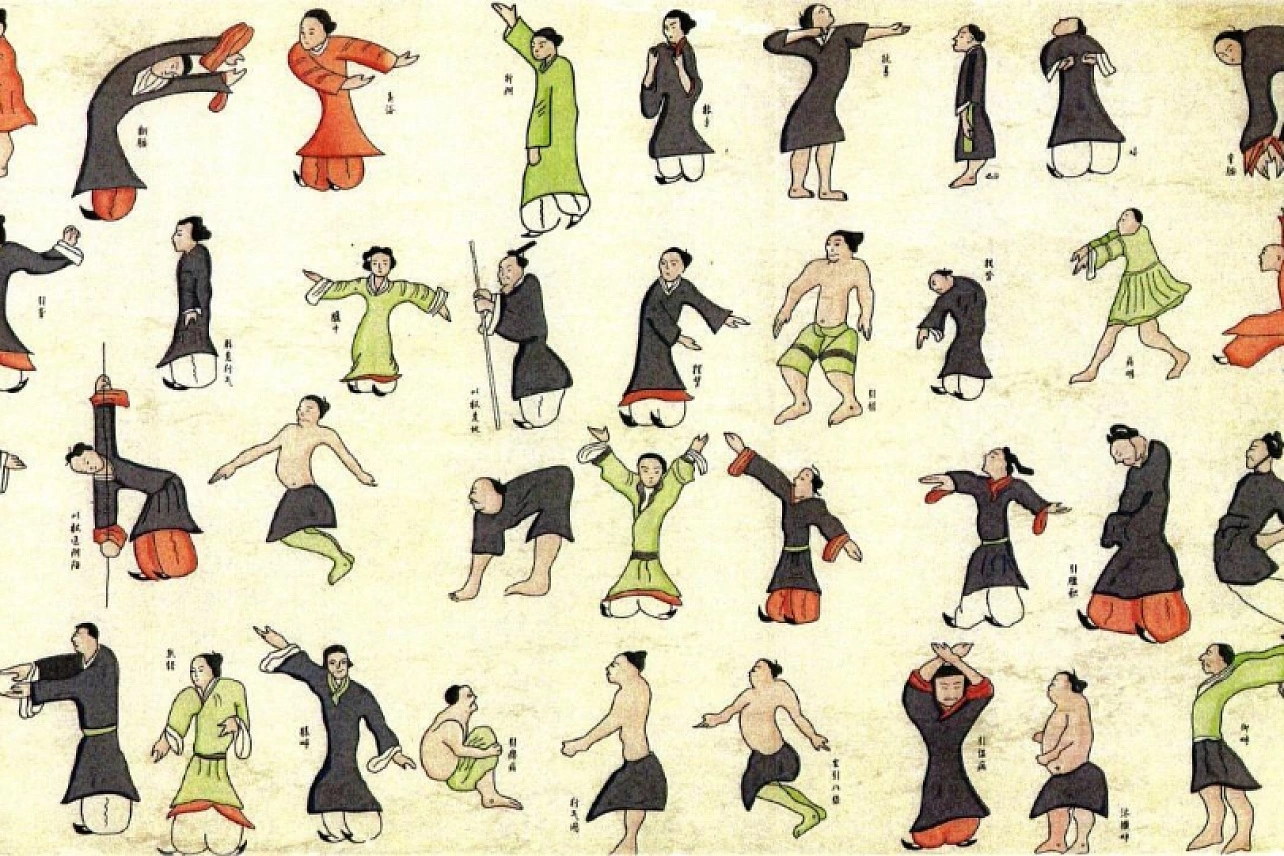
Anna
Anma is a Japanese massage technique that is similar to shiatsu, but uses friction and pressure techniques to relieve pain and improve blood circulation. Anma is often combined with other traditional Japanese medicine techniques, such as moxibustion.
During an anma session, the patient lies on a mat or stretcher while the therapist applies pressure and friction to specific points on the body. The technique is often used to treat back pain, headaches, digestive problems and sleep disorders.
Anma has its roots in traditional Chinese medicine, but was developed as a distinct technique in Japan in the 17th century. The technique has a long history of safe and effective use and is often used as a way to relieve stress and promote overall health and well-being.
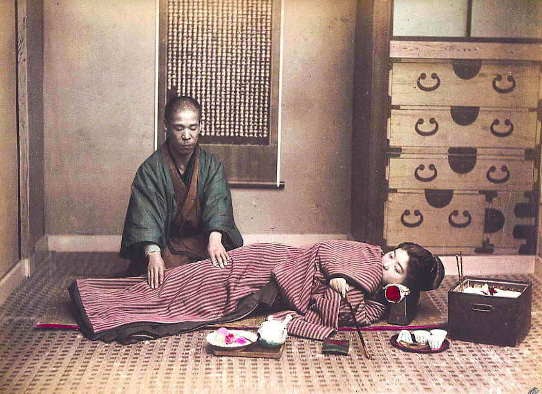
Seitai
Seitai is a body manipulation technique that aims to improve body alignment and posture, as well as improve blood circulation and reduce stress. The technique involves gentle manipulation of the body's bones, muscles and joints to improve energy flow and reduce pain.
During a seitai session, the patient gets dressed and lies down on a mat while the therapist gently manipulates the body. The technique is often used to treat back pain, headaches, sleep disturbances and digestive problems.
Seitai has its roots in traditional Japanese medicine and is often combined with other techniques, such as acupuncture and shiatsu, to promote overall health and well-being. The technique is considered safe and effective and could be a useful option for people seeking a more holistic approach to health.
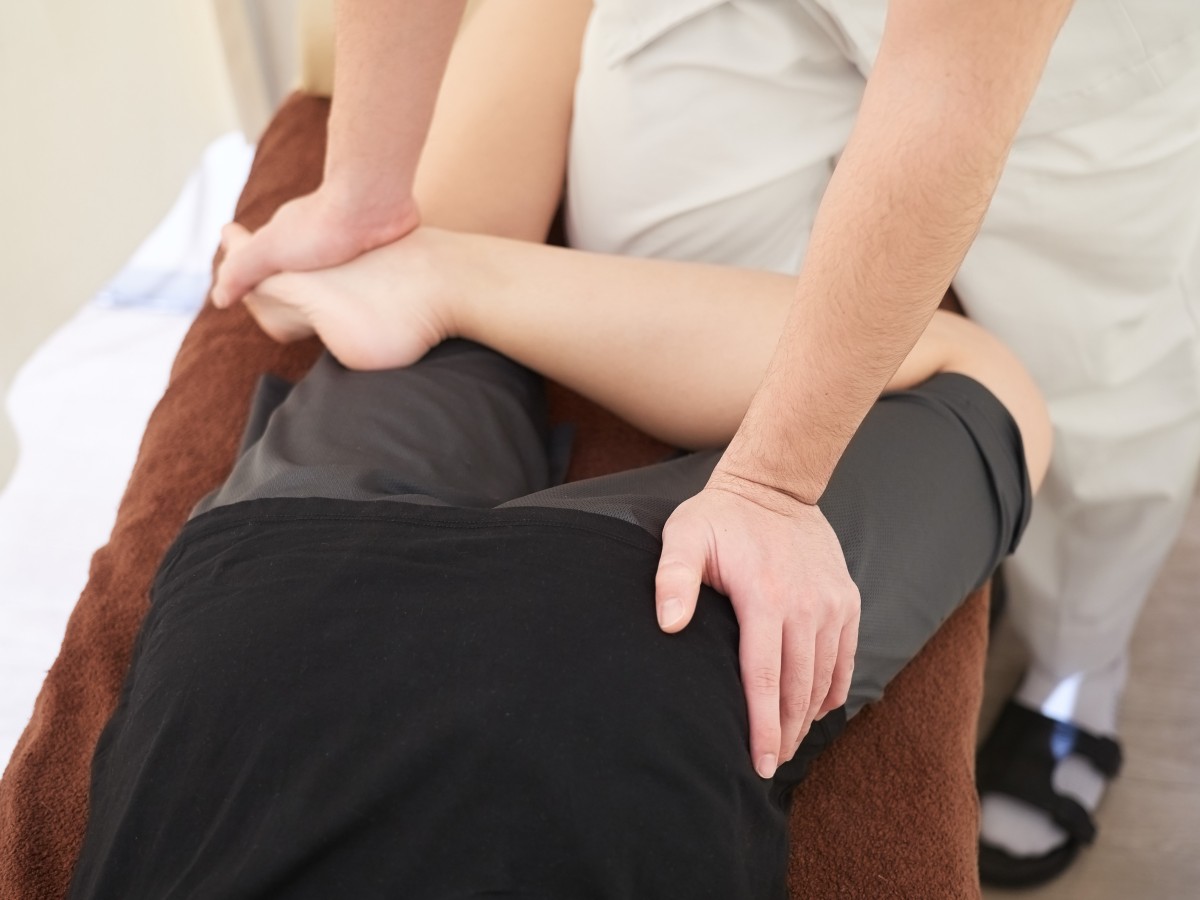
Seitai Shinpo
Seitai Shinpo is a traditional Japanese medicine technique that aims to improve posture and body mobility. The technique involves gentle manipulation of the body's bones and joints to relieve pain, improve blood circulation and reduce stress.
During a Seitai Shinpo session, the patient gets dressed and lies down on a mat. The therapist gently manipulates the body, focusing on areas where there is tension or pain. The technique is often used to treat posture problems, back and neck pain, sleep disturbances and digestive problems.
Seitai Kyuukou
Seitai Kyuukou is a Japanese breathing technique that aims to improve blood circulation, reduce stress and promote overall health in the body. The technique involves breathing deeply and slowly through the nose while focusing on the sensation of breathing.
During a Seitai Kyuukou session, the patient is guided by the therapist through the breathing technique and can be encouraged to visualize the breath moving through the body. The technique is often used as a way to relieve stress and promote overall body health.
Sotai
Sotai is a Japanese movement technique aimed at improving body mobility and posture. The technique involves gentle manipulation of the body's muscles and joints to improve energy flow and reduce pain.
During a sotai session, the patient is guided by the therapist through a series of smooth, rhythmic movement exercises. The technique is often used to treat posture problems, back and neck pain, sleep disturbances and digestive problems.
Traditional Japanese medicine offers a variety of techniques and therapies that can be used to treat a wide range of conditions. It is important to remember that traditional Japanese medicine should not be used as a substitute for conventional Western medicine, but rather as a complement to help promote overall health and well-being.
Goshin Jutsu
Goshin Jutsu is a Japanese self-defense technique that focuses on defending against attacks from armed or unarmed opponents. The technique involves a series of movements that are performed to immobilize or incapacitate the opponent.
During a Goshin Jutsu session, the student is guided by the instructor through a series of movements aimed at increasing situational awareness, improving responsiveness and increasing confidence in threatening situations. The technique is often used as a way to improve personal safety and self-confidence.
Conclusion
Traditional Japanese medicine offers a variety of techniques and therapies that are used to treat a wide range of conditions. While some of these therapies may seem strange to Westerners, they have been used in Japan for centuries and have a long history of safe and effective use.
If you are interested in trying traditional Japanese medicine, it is important to consult with a qualified and experienced health professional. They can assess your health needs and recommend the therapies that are most suitable for you.
Always remember that traditional Japanese medicine should not be used as a substitute for conventional Western medicine, but rather as a supplement to promote overall health and well-being.



